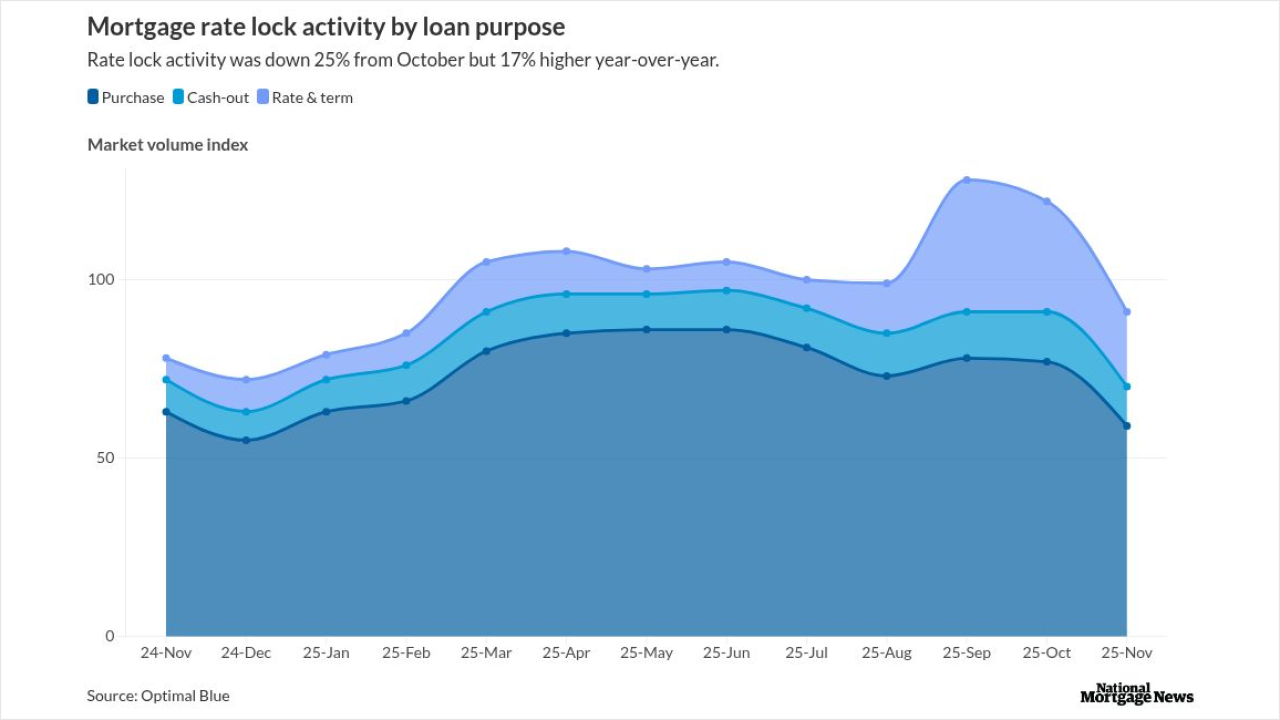As the pace of large U.S. company bankruptcies stabilizes, escalating tensions between distressed companies, private equity owners and creditors signal more bruising Chapter 11 filings to come.
In the week ended Oct. 17, four businesses with more than $50 million in liabilities sought protection from creditors, including Mallinckrodt Plc, which was
There have been 207 bankruptcy filings year-to-date by companies with more than $50 million in liabilities, according to data compiled by Bloomberg. That’s the most since 2009, when there were 243 in the comparable period.
A surge in battles between creditors makes restructuring negotiations harder to conduct, said Matthew Warren, a partner at King & Spalding LLP who represents clients on both sides of a restructuring.
“Creditors are adding another dimension to the chess game with increasingly creative tactics, not looking to necessarily keep a company going, but to enhance their returns,” Warren said in an interview. “Getting to a single view is even more difficult. You may not even know who to negotiate with.”
Recent debt deals for companies including Serta Simmons Bedding LLC have been especially controversial, allowing some lenders to move up the repayment pecking order at the expense of others not given an opportunity to participate, a practice known as “priming.”
These and other debt maneuvers could make a Chapter 11 filing more likely and complicated if they don’t work out, Warren said. “When you start seeing more companies that have done aggressive liability management transactions file, it will be interesting to see how the bankruptcies play out,” he said.
More companies are turning to distressed-debt exchanges as a way to avoid bankruptcy, according to S&P Global Ratings. A surge in the second half helped lift the global corporate default tally to 189 so far this year.
“While missed interest and principal payments lead corporate defaults so far in 2020, spread compression in the summer has helped refinancing opportunities in general, along with distressed exchanges, which have increased in recent weeks,” said Sudeep Kesh, head of S&P Global Credit Markets Research.
The total amount of distressed bonds and loans traded rose 0.4% to $267 billion as of Oct. 16. That’s down from $935 billion in March, data compiled by Bloomberg show. Volume of distressed bonds fell by 0.5% while loans increased by 3.4%.
There were 513 distressed bonds from 269 issuers trading as of Monday, little changed week-on-week. That’s significantly less than the 1,896 issues from 892 companies at the March 23 peak, Bloomberg data show.
Diamond Sports Group LLC was the issuer with the most distressed debt that hadn’t filed for bankruptcy as of Oct. 16, data compiled by Bloomberg show.




